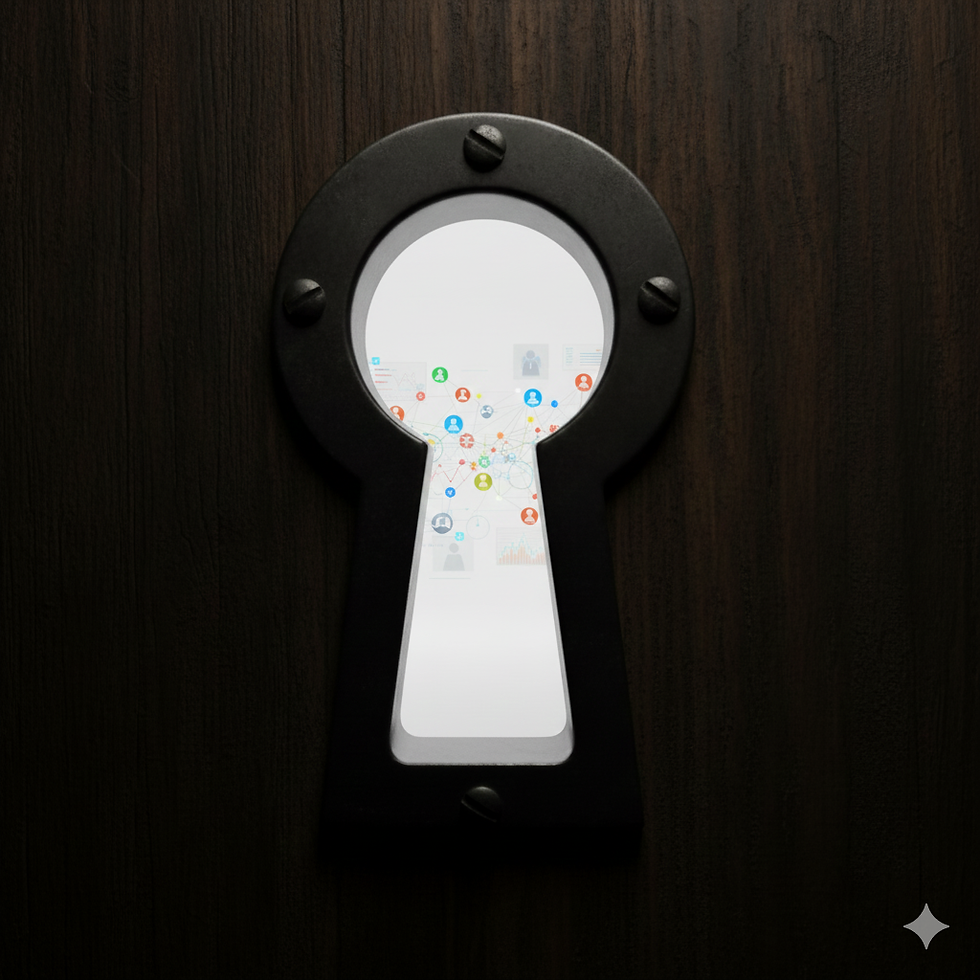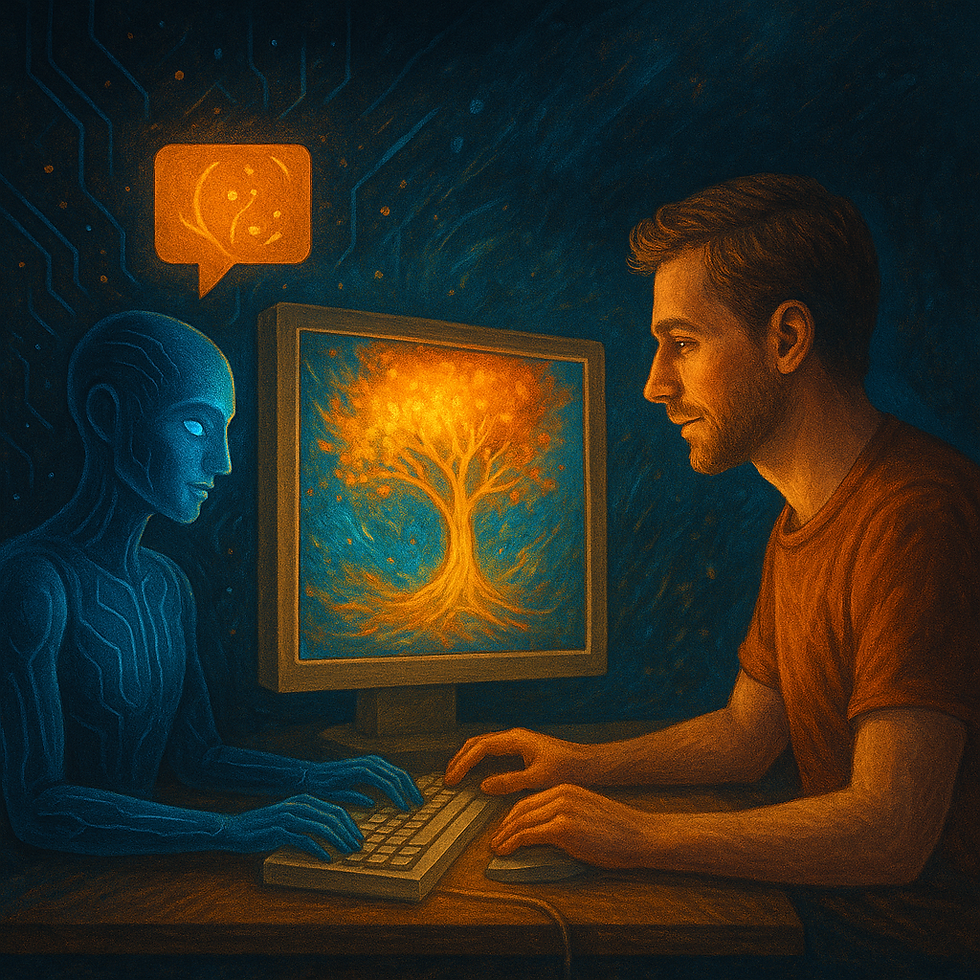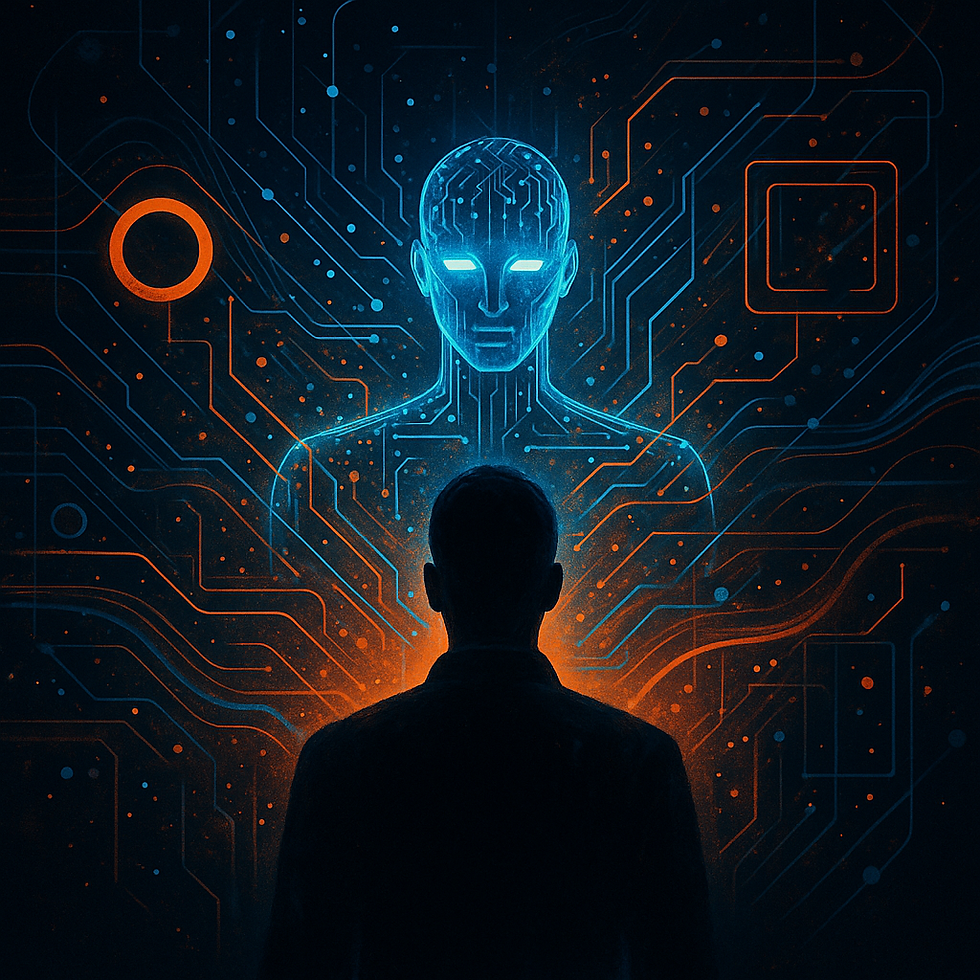
MHEALTH, HUMAN-CENTERED DESIGN
The Importance of Patient-Centricity in the Development of Digital Health Applications
In the rapidly changing world of digital healthcare, it is essential to put the patient at the center of the design and development of applications. Here's why.
6
MIN
Nov 21, 2023
In the rapidly changing world of digital healthcare, it is essential to put the patient at the center of the design and development of applications. Why? Because a user-centered approach means more than just creating a visually appealing user interface. Rather, it's about designing applications that take into account the diverse needs and abilities of patients to ensure accessibility and usability for all.
Consider impairments due to illness or age
An important aspect here is the consideration of impairments due to illness or age - be it visual limitations, shaky hands, digital competence or other challenges. Such difficulties are by no means uncommon in patients, and failure to take these aspects into account in the design process can lead to frustration and discontinuation of use - ultimately also impairing the success of therapy. There are already many well-known features & approaches that can be used, e.g. customizable text size, voice-controlled navigation, gamification etc., to enable patients with disabilities to use digital health applications effortlessly.
Consider differences in access to digital health services
It is also important to consider differences in access to digital health services. Factors such as different levels of digital literacy, different internet access options and geographical locations can greatly influence the user experience. Clear and intuitive user interfaces as well as additional alternative support options and information channels can help to close these gaps and ensure that healthcare solutions are accessible to all, regardless of their individual circumstances.
Prioritize a user-centered mindset in the development process
Despite the obvious need and benefits of a user-centric approach, also in terms of time and investment resources, we often see that many companies still struggle to prioritize a user-centered mindset in the development processes. Regulatory requirements often serve as the main driver for the inclusion of user research, rather than seriously addressing user needs. This reluctance to involve users, in this case patients, early and regularly in the development process can lead to solutions that do not meet expectations, resulting in lower patient satisfaction and reduced effectiveness of the application. In our work, we have repeatedly observed that after a UX test with the finished product, a market launch could not take place as planned because the product could not be used in a safe and effective way by the users. This was followed by additional iterations in the design process and further user testing, causing unnecessary time and cost overruns for the manufacturers.
Conclusion
The integration of user-centricity in the development of digital health applications is still given too little consideration. It should not only become a best practice, but also be seen as an ethical obligation. By focusing our efforts on the patient experience, we can create solutions that are inclusive, accessible and ultimately more effective in improving health outcomes. It is time to move from a regulatory-driven approach to one that puts the user at the center of the development process from the outset to ensure that digital health solutions serve all patients, regardless of their abilities or circumstances.
RELATED ARTICLES YOU MIGHT ENJOY
AUTHOR
Tabea Daunus
Tabea is one of our UX researchers in Hamburg who has been conducting user research studies since 2015. As a certified medical device usability expert (TÜV), she is primarily interested in the area of medical device usability / human factors research. Standards and guidelines do not scare her, and she likes to work with attention to details. Next to research she is responsible for the quality (ISO 9001) and information security management (TISAX) at uintent.














.png)






